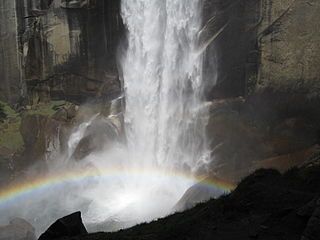When We Talk about the “Environmentalist Movement” Exactly What Do We Mean?

• are focused on maintaining the pristine purity of the wilderness
• advocate sustainable agriculture
• work to protect inner-city kids from lead-based paint
Even the demographics are wildly different. Where historically, the National Parks’ advocates have been rich white guys, the defenders of children living in poverty are far more varied.
Until I read this and realized how correct it is, I had foolishly conflated all these groups; I would refer to the fact that “there are over 200,000 groups around the globe whose purpose is environmental and social justice.” While that’s true, it misses an important point.
Purdy’s urges everyone involved in environmentalism in any way to consider the consequences to all sectors of mankind, i.e., to look at this from a more “human perspective.” This, of course, is excellent. It calls to mind the folly of the extremists who wish to protect the habitat of certain desert turtles from the invasion of solar power, at the expense of building more coal-fired power plants.
Purdy concludes: None of our several environmentalisms will go away, and none should, but they are all better off with the recognition that the environment is very much a political, cultural, and human affair.
